Ever wonder about the transformative power of lighting in interior design? With over decades of experience in the field, Joy Chao, lead interior designer of Vancouver-based luxury architectural and interior design firm JHA, has mastered the craft of using light to redefine the ambiance and functionality of various spaces. Her innovative approach illuminates not just rooms but also the lives of those who inhabit them. We chatted with Joy to learn more about the fundamental role lighting plays in interior design. —Noa Nichol
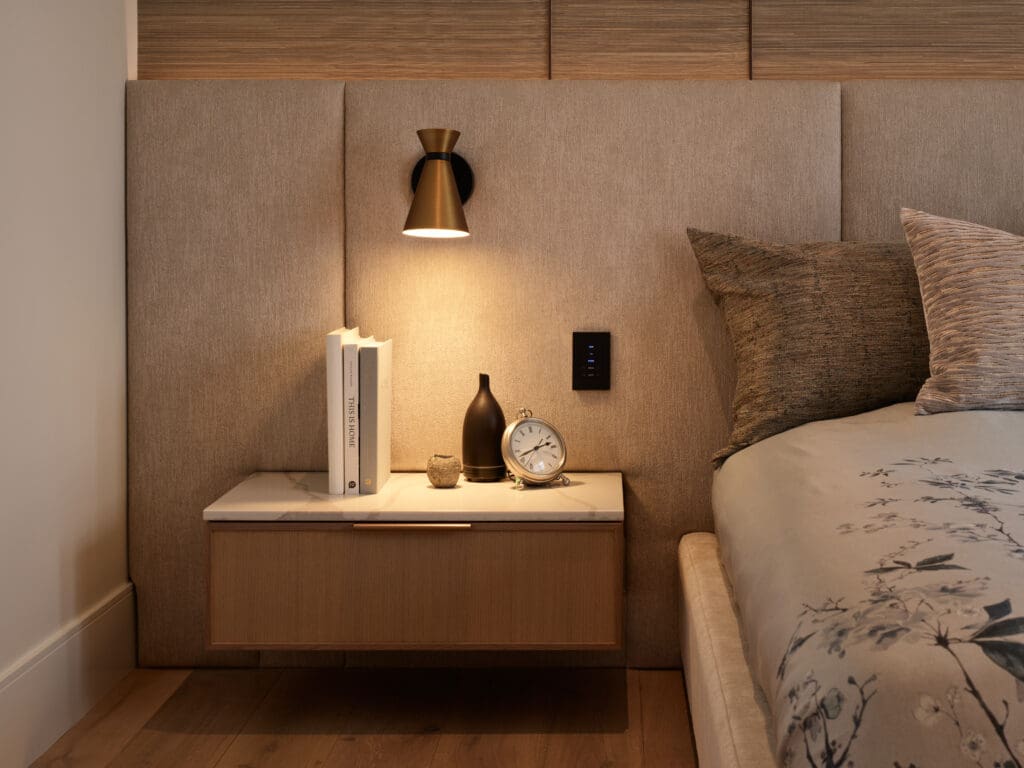
Can you elaborate on how different lighting techniques can evoke specific emotions and moods in a space? For instance, what kind of lighting would you recommend for creating an intimate atmosphere?
The choice of lighting, including its brightness and colour temperature, plays a crucial role in eliciting specific emotions and setting the mood in any given space. Bright and uniform lighting is essential for areas like workspaces and gyms, where high visibility and alertness are paramount. It fosters an energetic and productive environment by illuminating every corner, minimizing shadows, and promoting clarity and concentration. The ideal colour temperature for such spaces is 3500k or higher.
Conversely, dim, warm lighting is the preferred option for creating a cozy and intimate ambiance. This softer lighting, ideal for areas of relaxation such as bedrooms, living rooms, and dining spaces, ranges from a colour temperature of 2700k to 3000k. It casts a gentle, inviting yellow glow, perfect for unwinding and comfort.
How can lighting be strategically used to highlight architectural features and enhance the aesthetic appeal of a space? Could you share some examples from your projects at JHA?
Strategic placement of lighting can transform a space, highlighting its best features and creating a desired ambiance. For instance, focused lighting can be used to spotlight specific art pieces or key areas, such as the centre of a dining room table, crafting an intimate atmosphere. Alternatively, when illuminating a textured feature wall, such as wood panelling or stone facing, positioning a wall washer 12-18 inches from the wall can cast a soft wash of light across the surface. This not only accentuates the texture but also produces captivating shadows and adds drama to the space. Great examples of this in our recent projects include the cellar hallway panelled wall divider in the Magnolia Residence and other recent projects.
What are your top tips for achieving the perfect balance between natural and artificial light in interior design? How do you approach this balance in your own work?
Understanding the function of a space and strategically placing lighting is key to achieving the perfect balance between natural and artificial light. It’s important to avoid overlighting and glare to keep the space comfortable for people’s eyes. Leveraging natural light is advisable, but depending on the space’s function, it may be necessary to supplement with electrical lighting to ensure a smooth transition between day and night and across seasons. Incorporating dimmable fixtures adds flexibility. In our designs, we consider the patterns of natural light and place artificial lighting strategically to enhance aesthetics and prioritize energy efficiency.
When it comes to selecting light fixtures, what key factors should homeowners and designers consider to ensure both functionality and aesthetic appeal?
When choosing light fixtures, it’s crucial to understand the space’s intended function, as well as who will be using it and for what purpose. The occupants’ age is a significant factor that can affect lighting needs, with different considerations for younger versus older users to ensure accessibility. To create a flexible lighting scheme, consider layering different types of lighting sources. This approach allows for adjustments based on varying needs throughout the day and across seasons. Additionally, it’s important to focus on functionality and ambiance while incorporating accent lighting to add a touch of sparkle and elevate the overall aesthetics.
Could you explain the concept of layering light sources? How does this technique contribute to the overall ambiance and functionality of a space?
Layering light, through the strategic use of ambient, task, and accent lighting, creates a versatile and visually engaging environment. Ambient lighting sets the overall tone and mood of a room, while task lighting provides focused illumination for specific activities, such as dining or reading. Accent lighting, on the other hand, emphasizes architectural features or artwork, adding depth and interest to the space. This layered approach ensures a flexible and adaptable lighting scheme that is suitable for various purposes. For instance, in a residential dining area, pendant lights above the table offer targeted lighting that enhances the visibility of the food without casting unflattering shadows on diners’ faces. Opting for a warm colour temperature invites coziness, making the space more welcoming and the food appears more enticing. One can achieve optimal functionality by thoughtfully combining ambient, task, and accent lighting, enriching the space’s atmosphere and overall utility.
What are some practical tips and tricks you can share for homeowners looking to optimize their lighting setups on a budget?
Prioritize quality over quantity when it comes to lighting! Opt for high-quality light sources that efficiently and effectively brighten spaces, ensuring colours appear natural and vibrant. Seek out LED lighting with a Colour Rendering Index (CRI) of 90 or higher and a lifespan of at least 50,000 hours, adhering to the L70 standard—which guarantees the light retains at least 70% of its initial brightness. Remember, LED lights gradually dim over time instead of abruptly burning out.
What are some of the current trends in lighting design that you find exciting? How do you incorporate these trends into your projects at JHA?
Advancements in LED technology have revolutionized lighting solutions, offering more efficient, vibrant, and realistic illumination. These improvements, including enhanced colour rendering and compact design, open up new possibilities for creative applications in spaces that were once considered challenging. For example, in the dining room of our Etoile Residence, smaller LEDs have enabled a variety of decorative lighting designs, reflecting the sophistication of “Starlights.” Indirect lighting, known for creating comfortable environments without straining the eyes, has gained popularity. We incorporate a range of these techniques in nearly all our projects, aiming for gentle, diffused light with adjustable settings to ensure optimal comfort. Our exploration of recessed and concealed lighting layouts has enhanced architectural details and provided functional versatility for our clients, making each space uniquely inviting.
How has your personal design philosophy evolved over your decades of experience in the field? How does lighting play a central role in your design approach at JHA?
At JHA, our design philosophy has matured, focusing on crafting efficient lighting solutions that emphasize effectiveness without an excess of fixtures. Our holistic approach now centres on functionality, sustainability, and creating an emotional connection through lighting design. We’ve witnessed a growing awareness among our clients about the importance of energy conservation and the value of effective lighting design. Over the past two decades, we’ve guided our clients away from merely brightening every space to concentrating on creating environments that prioritize comfort and well-being.
This shift entails comprehensive and strategic planning of lighting solutions tailored specifically to our clients’ unique needs. We customize our designs to not only meet these needs but also adapt to their spaces’ evolving requirements. By considering both current use and future changes, our designs aim for seamless integration with changing lifestyles and advancements in technology. Lighting plays a crucial role in this, ensuring our designs age gracefully alongside our clients.
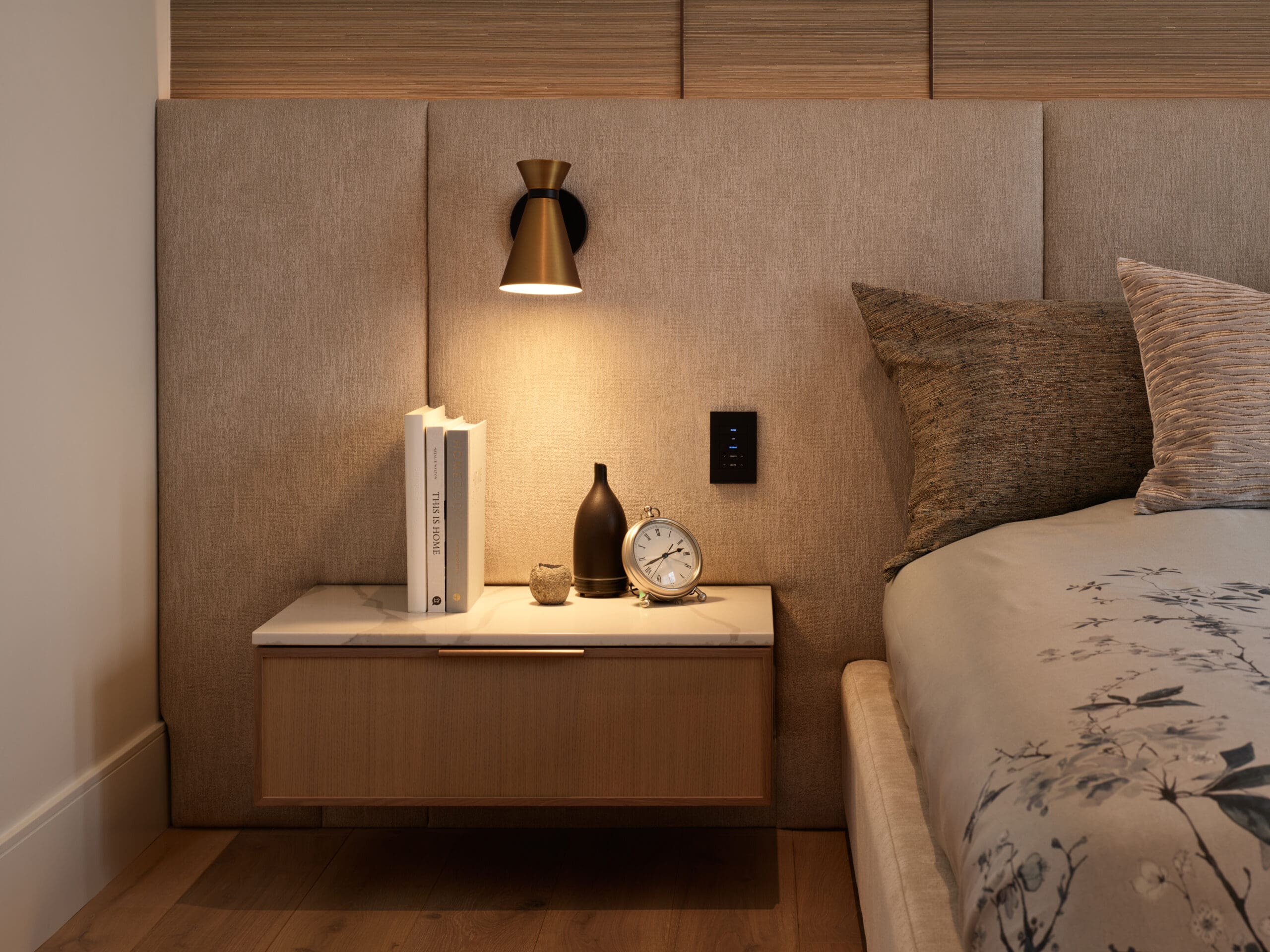
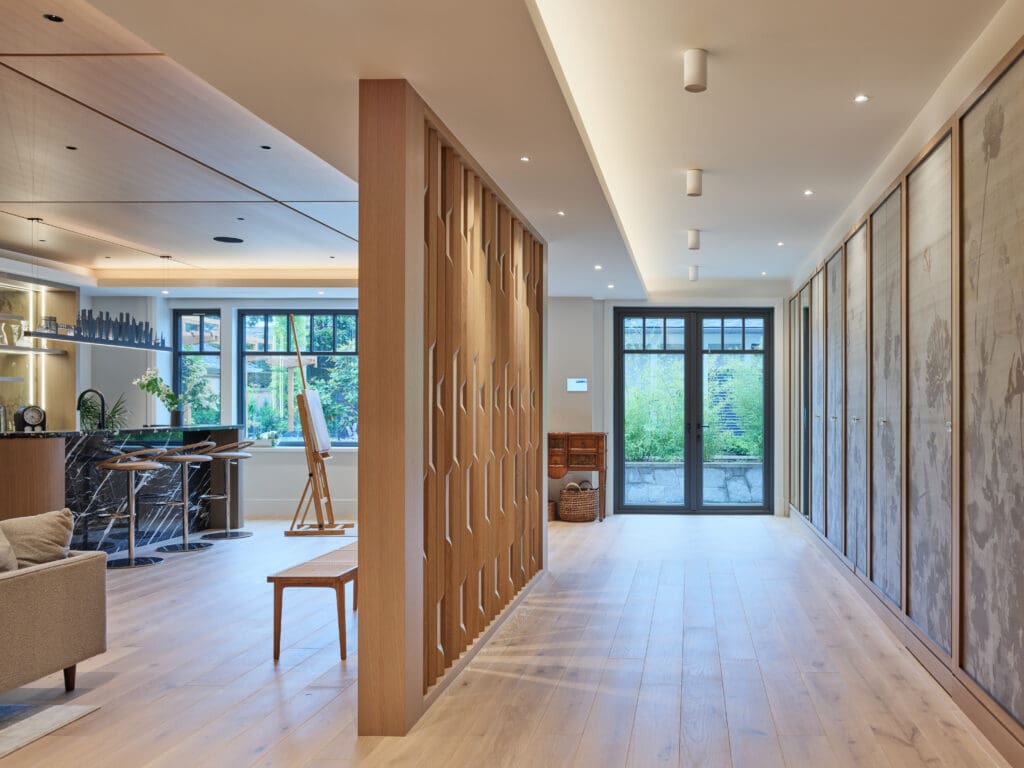
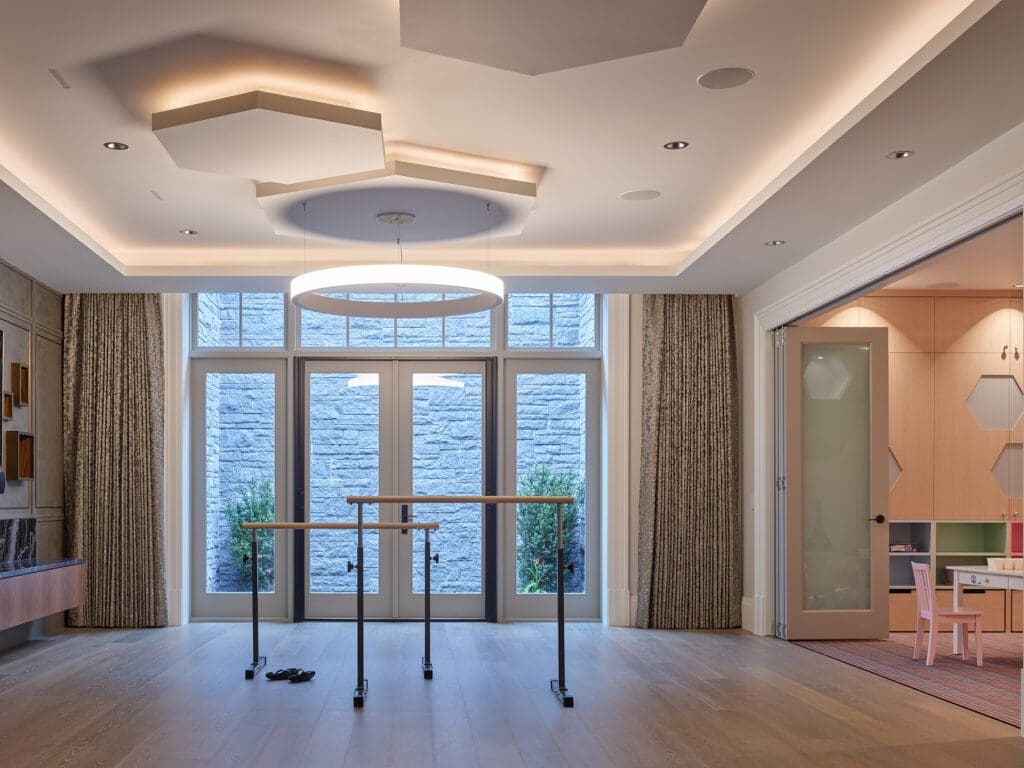
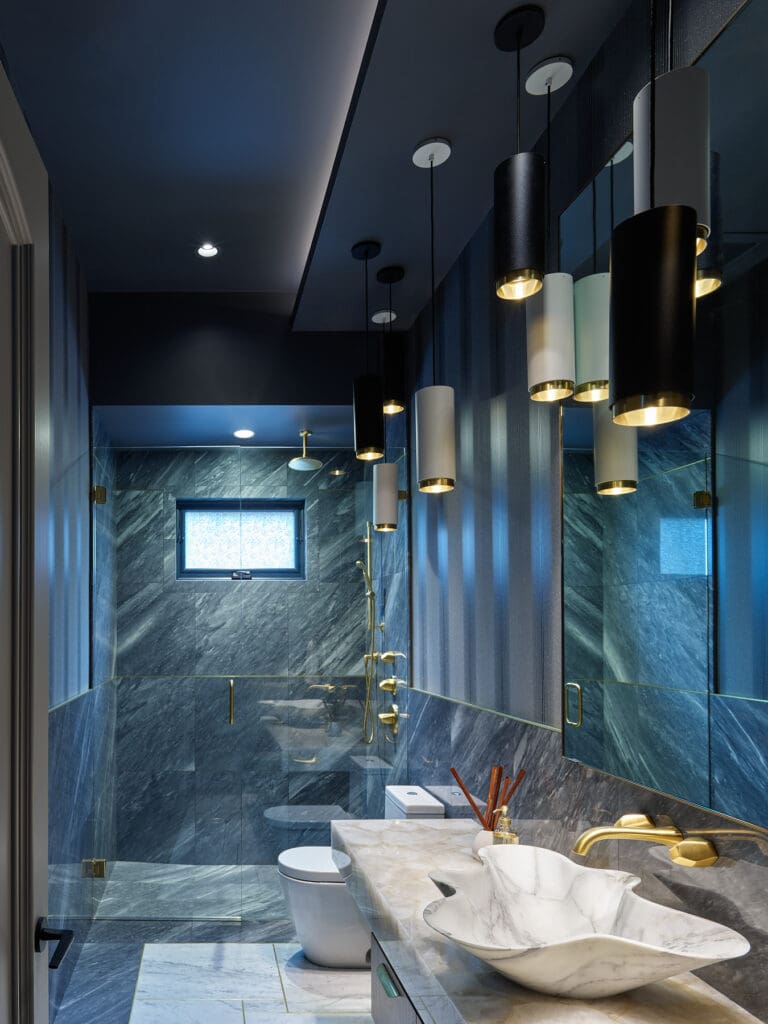
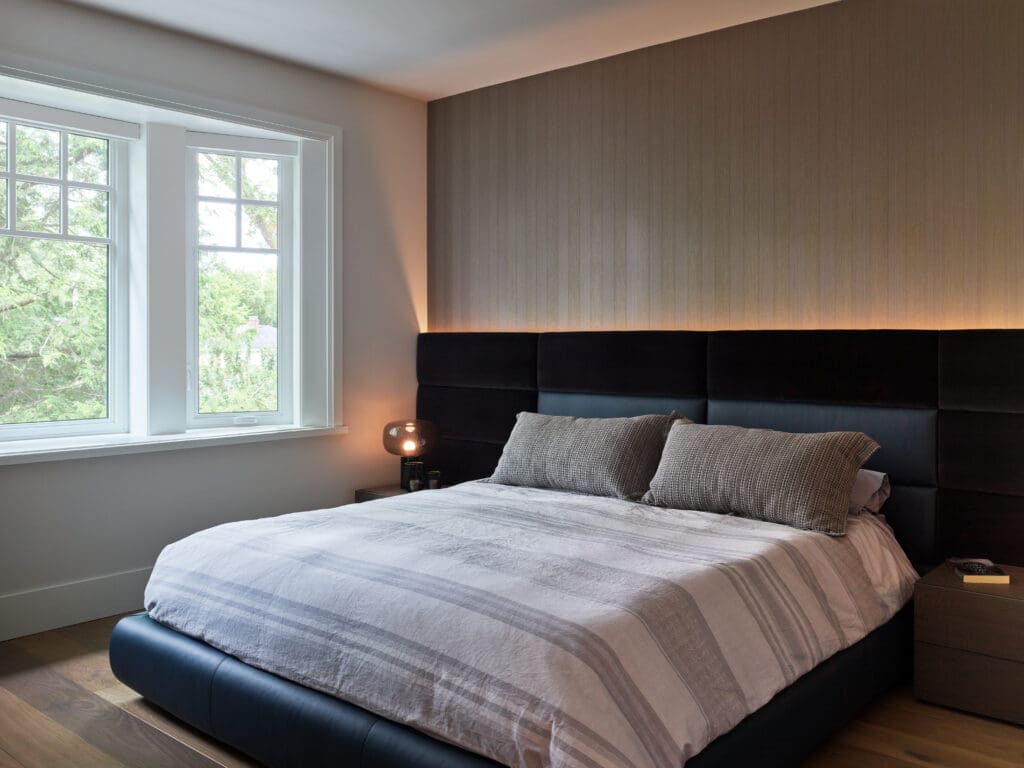
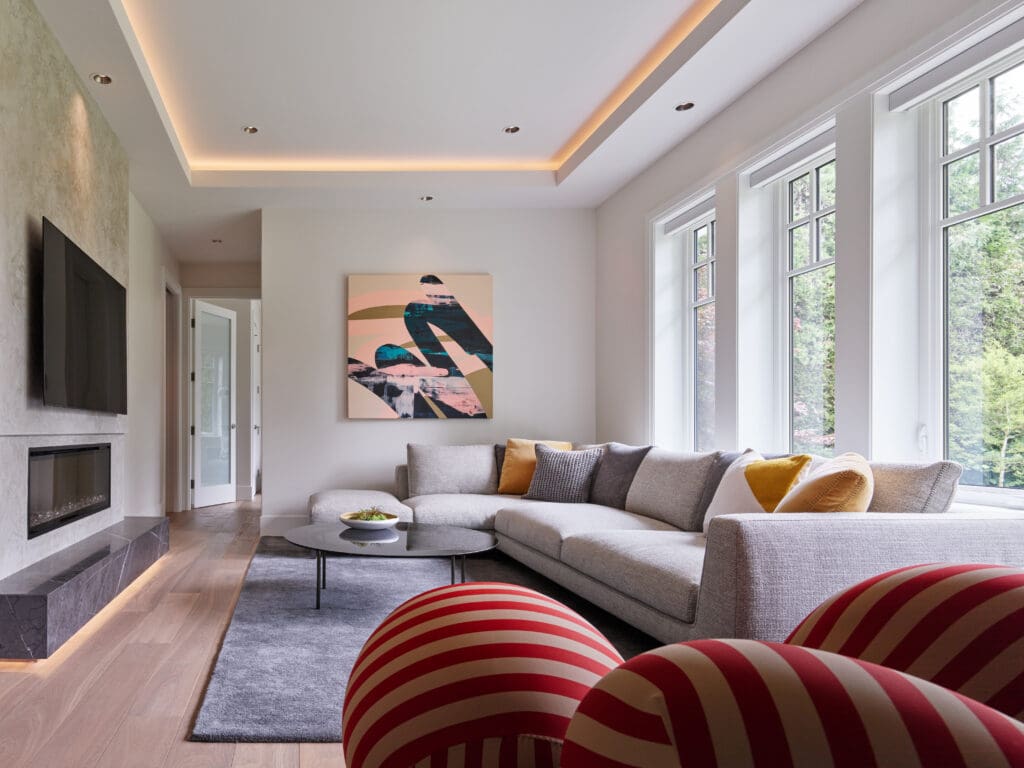
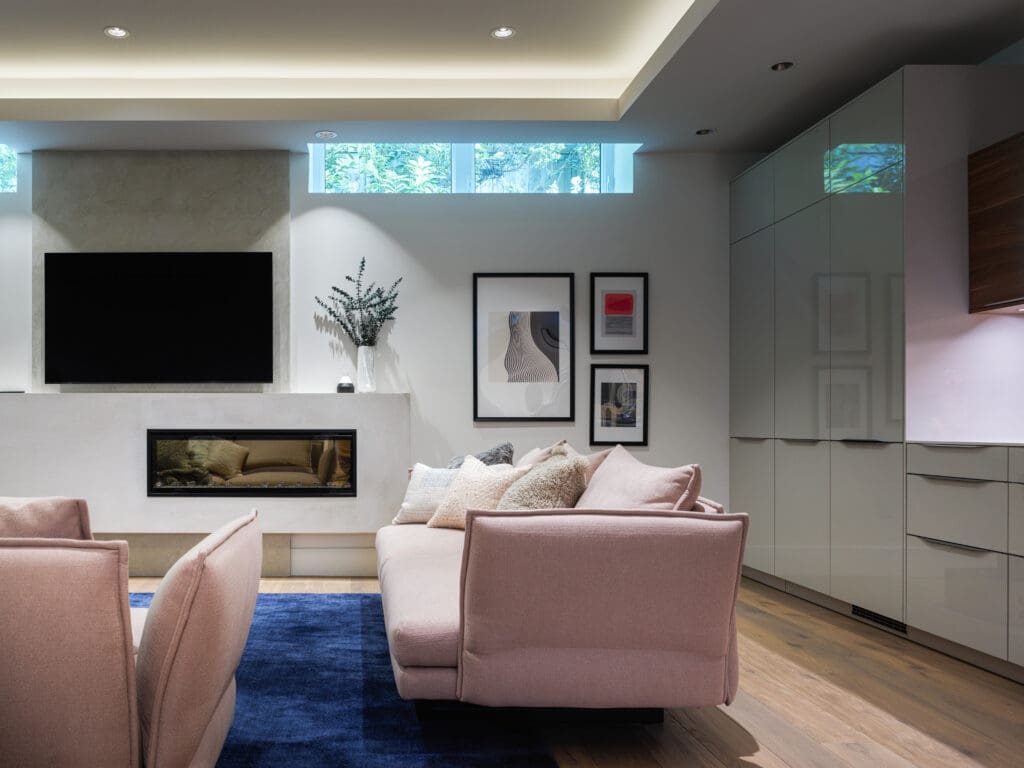
Be the first to comment